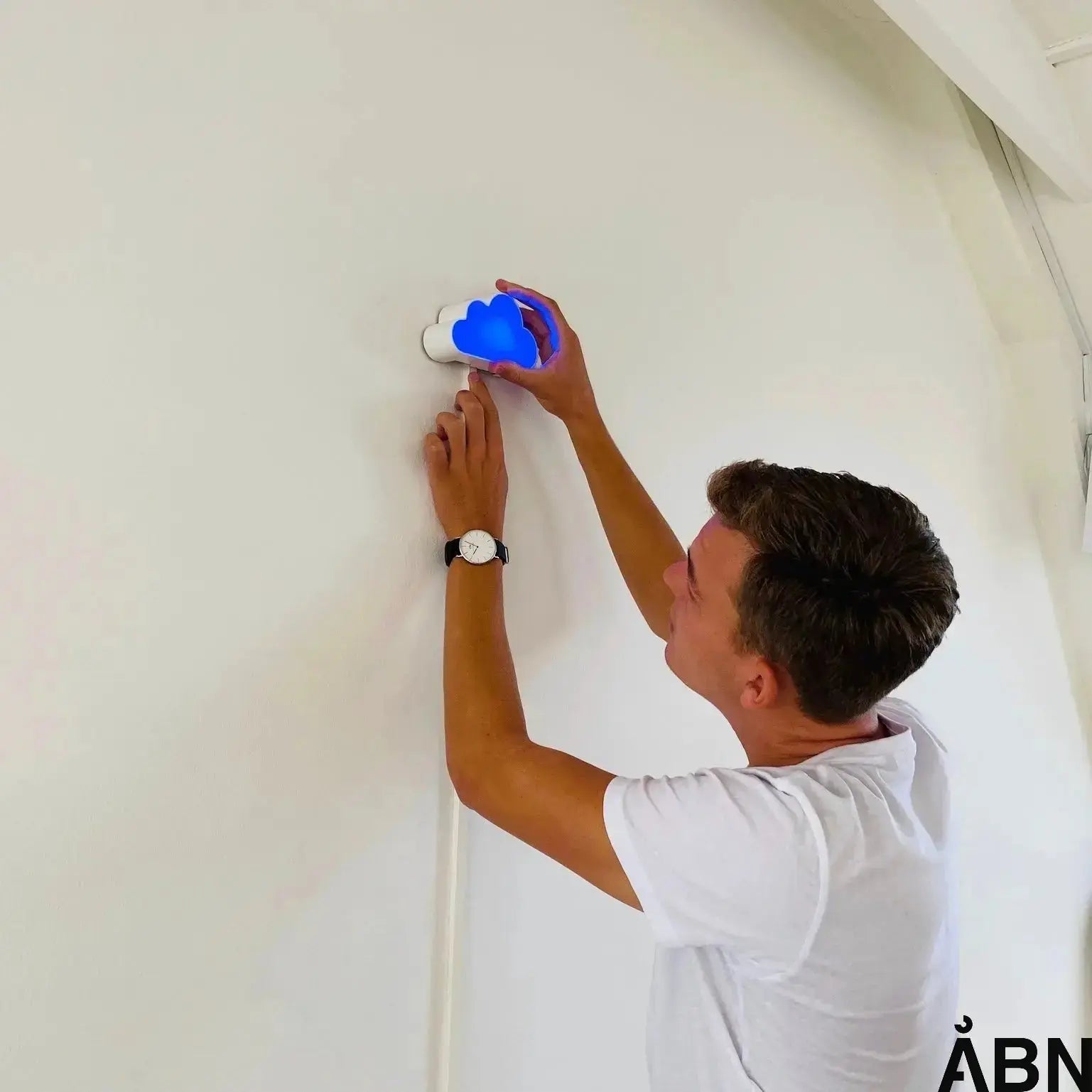What is noise and how is it measured?
Indoor noise is an often overlooked factor that can have a major impact on our health and well-being. Studies show that noise in the workplace and schools can affect our concentration, stress levels and even our long-term health. Therefore, it is important to understand how noise affects us, as well as how it can be measured and managed.
According to Noise in Buildings and its Impact on Indoor Environments, noise is defined as unwanted sound that can be annoying and affect our well-being. Noise in indoor environments can come from many sources, including traffic noise, ventilation systems, machinery and human activity. It is important to measure noise to identify problem areas and take the necessary measures.
A study on the Indoor Climate in Schools and Day Care Institutions showed that noise in schools can have a negative effect on students' learning and well-being. Therefore, it is crucial to create a good sound environment to ensure optimal conditions for learning and well-being.
According to Indoor Climate – Noise , noise can also have an impact on our physical health, including sleep quality and stress levels. Therefore, it is important to take noise levels seriously and take the necessary measures to reduce noise.
But how is noise measured, and what can we do to improve the indoor climate?
Measurement of noise in the indoor environment
Noise is measured in decibels (dB), and it is important to measure the noise level at different times of the day and in different locations in the building to get an accurate picture of the situation. According to Get a good sound environment – for health and well-being, the noise level should not exceed 30-35 dB in bedrooms and offices and 40-45 dB in living rooms and kitchens to ensure a comfortable environment.
FAQ: What is noise in indoor climate?
What can I do to reduce the noise level in my home?
According to experts, you can reduce noise levels by using carpets, curtains, and pillows to absorb sound, installing soundproof windows and doors, and avoiding having too many hard surfaces in the room.
How does noise in the indoor environment affect our health?
Noise can affect our concentration, stress levels, sleep quality and even our physical health in the long term, so reducing noise is important to ensure a healthy and comfortable life.
How can technology help measure and reduce noise in the indoor environment?
Modern sensors and technological solutions can help measure noise levels in real time and identify problem areas so that effective measures can be taken to reduce noise.
Contact ÅBN for advice and solutions
At ÅBN, we work with technology and sustainable solutions to create a better indoor climate for everyone. Our solutions, such as Skyen , can help visualize the indoor climate and identify noise levels so that the necessary measures can be taken to improve well-being and health. Contact us today for advice, data or solutions for your indoor climate.
Together we can create a healthier and more sustainable indoor climate for the future. Thank you for reading!









